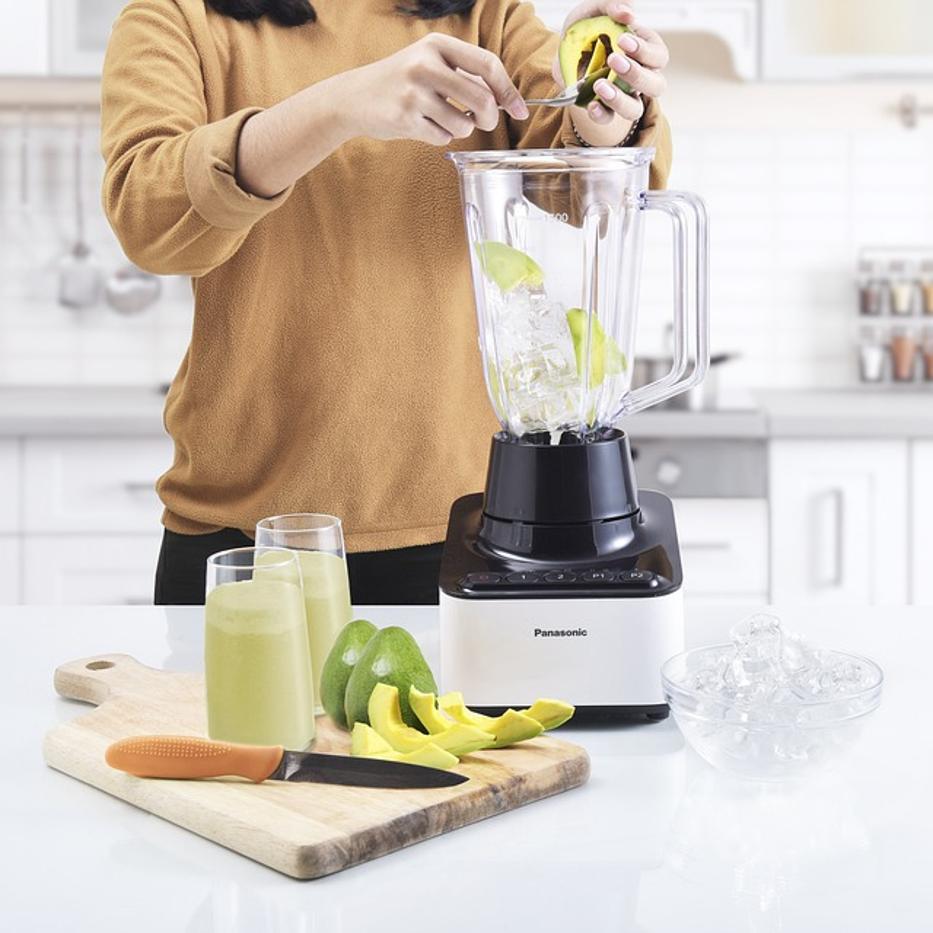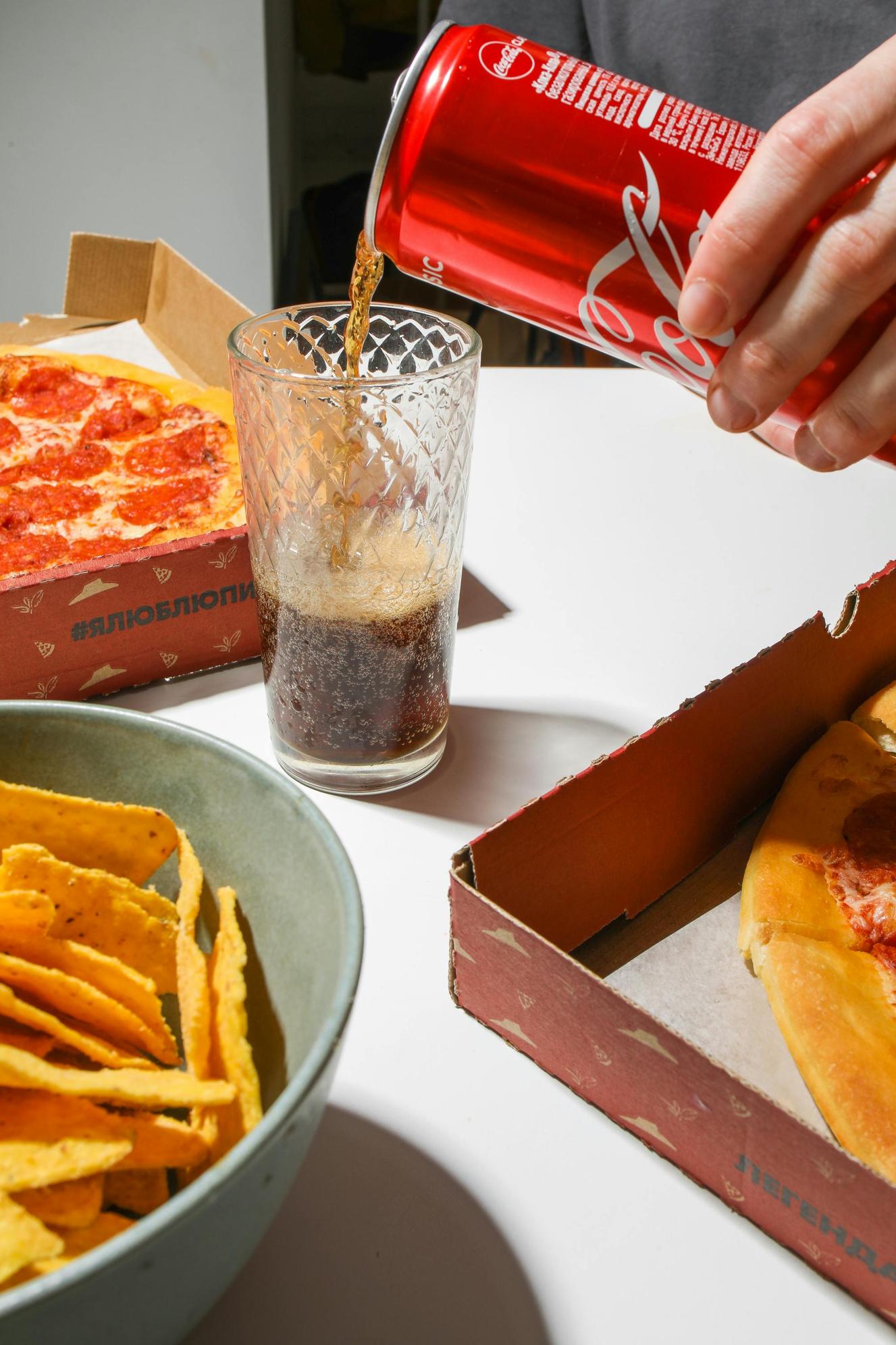What Can You Use Instead of a Food Processor?
Introduction
Finding yourself without a food processor when you’re halfway through a recipe can be frustrating. But don’t fret! Several tools can step in to save the day. This blog post will guide you through various electric and manual alternatives that can help you prepare meals with ease. Whether you’re blending, chopping, or grinding, there’s a solution for you.

Electric Alternatives to a Food Processor
When it comes to mimicking a food processor’s functionality, electric alternatives can be quite effective. These devices can make your food preparation smoother and faster, much like a traditional food processor.
Blender
A blender is a versatile kitchen device that can handle a lot of tasks typically done by a food processor. While it’s excellent for liquids like soups, sauces, and smoothies, it can also handle some solid foods. To use a blender for solid items, make sure to add some liquid to help the process along. Otherwise, you might find the motor struggling.
Immersion Blender
An immersion blender, or stick blender, is another excellent substitute. It’s convenient for blending soups directly in the pot and for making small batches of baby food, hummus, or pesto. Simply immerse the blade into the food and blend until you achieve the desired consistency. Although it might not offer the same precise chopping as a food processor, it compensates with ease of use and versatility.
Stand Mixer
A stand mixer may not seem like an obvious choice, but with the right attachments, it can perform many of the tasks of a food processor. Attachments like a paddle, dough hook, or a food grinder can handle everything from mixing dough to grinding meat and chopping vegetables. A stand mixer is particularly useful for baking and meal prepping, making it a multifunctional tool in the kitchen.

Manual Tools as Substitutes
If you prefer manual tools or find yourself without any electric alternatives, don’t worry. Several manual kitchen tools can deliver results comparable to a food processor.
Chef’s Knife
A chef’s knife is a kitchen essential. With practice, you can finely chop onions, mince garlic, and cut vegetables into uniform pieces. While it might take more time, the control a chef’s knife offers can be advantageous for precise slicing and chopping. Ensure your knife is sharp to make the tasks easier.
Box Grater
A box grater is another handy tool. It’s great for grating cheese, vegetables like carrots and zucchini, and even potatoes for hash browns. Some box graters come with multiple grating surfaces, allowing you to choose the coarseness or fineness of your grating. This manual tool can handle tasks that usually require the grating disk of a food processor.
Mortar and Pestle
For tasks like grinding spices, making pesto, or even mashing avocados for guacamole, a mortar and pestle work exceptionally well. The advantage of using this tool is the control over the texture of your ingredients. Plus, it adds an old-school touch and can be a fun way to prepare food.

Creative Alternatives You Might Not Consider
Sometimes, the best tools are ones you wouldn’t immediately think of. These creative alternatives can step up when traditional electric and manual tools aren’t available.
Rolling Pin and Plastic Bags
A rolling pin, combined with plastic bags, can be surprisingly effective for crushing ingredients like nuts or crackers. Place the items in a sealed plastic bag and use the rolling pin to crush them to your desired size. This method is efficient and keeps your kitchen mess-free.
Meat Tenderizer
A meat tenderizer can double as a tool for crushing and flattening foods. Use the flat side to crush nuts, garlic cloves, or hard candies. While this method is less refined, it can be very effective for tasks that don’t require precision.
Mandoline Slicer
A mandoline slicer is perfect for making uniform slices of fruits and vegetables. It can provide thin, even slices much quicker than slicing by hand. While it’s not suitable for chopping or grinding, it can be helpful for recipes that require thinly sliced ingredients.
Choosing the Right Tool for Specific Tasks
Selecting the appropriate tool often depends on the specific task you need to accomplish.
- Blending Liquids: Use a blender or immersion blender.
- Mixing and Kneading Dough: Stand mixers with appropriate attachments work best.
- Chopping Vegetables: A chef’s knife offers the most control.
- Grating Cheeses and Vegetables: Opt for a box grater.
- Grinding Spices or Nuts: Turn to a mortar and pestle or a meat tenderizer.
- Slicing Fruits and Vegetables: A mandoline slicer can be very effective.
By understanding what each tool excels at, you can make more informed choices and ensure you’re not missing the efficiency of a food processor.
Conclusion
Not having a food processor doesn’t mean you’re out of options. From electric alternatives like blenders and stand mixers to manual tools such as chef’s knives and mortar and pestles, there’s a wide array of tools at your disposal to tackle various cooking tasks. So, next time you find yourself without a food processor, you’ll know exactly what to use.
Frequently Asked Questions
Can you use a blender instead of a food processor?
Yes, a blender can often replace a food processor, especially for tasks involving liquids such as purees and smoothies. However, it might struggle with tougher ingredients unless some liquid is added.
How do you chop vegetables without a food processor?
You can use a sharp chef’s knife to manually chop vegetables. Other alternatives include using a box grater for shredding or a mandoline slicer for uniform slices.
What is the best manual alternative to a food processor?
A chef’s knife is perhaps the most versatile manual substitute, offering precise control over chopping and slicing. Paired with a mortar and pestle, you can handle most food preparation tasks.
